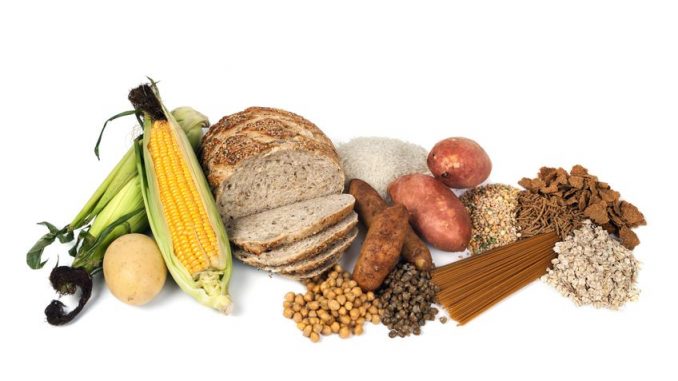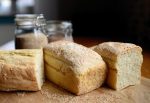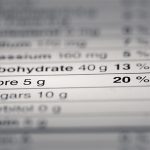
Dietary fibre has always been tricky to define let alone try and measure. Back in 2009, the Codex Alimentarius reached a consensus having first started the process of defining fibre twenty years before.
The Definition
The definition which still stands the testament of time is this:-
Dietary fibre denotes carbohydrate polymers with 10 or more monomeric units, which are not hydrolysed by the endogenous enzymes in the small intestine of humans and belong to the following three categories:
- Edible carbohydrate polymers naturally occurring in the food consumed.
- Carbohydrate polymers, which have been obtained from food raw material by physical, enzymatic or chemical means and which have been shown to have a physiological benefit to health, as demonstrated by generally accepted scientific evidence to competent authorities.
- Synthetic carbohydrate polymers that have been shown to have a physiological benefit to health, as demonstrated by generally accepted scientific evidence to competent authorities.
There are some provisos as to why you need 10 or more monomers in a polymer because some countries believe the degree of polymerisation could be down to three units only.
Analytical Measurement
The dietary fibre in a sample is measured in the analytical laboratory using the enzymatic-gravimetric method. There are no others that are used because the idea is to reproduce digestion i.e. what happens in the gut with its myriad enzyme systems breaking down carbohydrates to produce energy metabolites.
The sample must be defatted.
The digestible carbohydrates are broken down to simple sugars.
These are removed from the sample by ethanol precipitation.
The sample is filtered.
What is left is a non-digestible precipitate which contains fibre or non-digestible carbohydrate (NDF) but protein and inorganic material.
The proteins and inorganic materials are not dietary fibre and are analysed separately and then subtracted from the final weight.
The Methods
The AOAC Method 985.29 is the Prosky method. This was one of the first and was introduced in 1985. The enzyme used was bacterial alpha-amylase in extreme conditions of pH 8.2 and 100° for the enzyme digestion step.
The method measures high molecular weight dietary fiber including:-
- Insoluble dietary fibre
- Some resistant starch but not all.
- Any high molecular weight soluble dietary fibre that precipitates in 4 volumes or roughly 76% v/v ethanol.
- The soluble fibres picked up are beta-glucan, arabinoxylan, psyllium gum, arabinogalactan, most inulin molecules, polydextrose and resistant maltodextrins.
What is not measured were some resistant starches, some inulin, some resistant maltodextrin, polydextrose, the low molecule weight soluble dietary fibres like fructooligosaccharides (FOS) and galactooligosaccharides (GOS). The enzyme used simply hydrolysed much of the resistant starch and oligosaccharides. It also meant any carbohydrates which were not precipitated by 76% ethanol passed through the filter. The dietary fibre measured was an underestimation but it was a measure although it didn’t cover the Codex Alimentarius definition.
The Prosky method defined dietary fibre in the USA until a new all encompassing method was developed called the McCleary method which is AOAC 2009.01. The McCleary method was introduced in 2009. It picks up all those fibres that used to escape precipitation so it now includes more dietary fibre including inulin, polydextrose etc. This method uses pancreatic α-amylase and conditions much closer to physiological (pH 6, 37 degrees Celsius) conditions in the gut for the enzymatic digestion step.
As well as a more physiological acceptable digestion step, the non-digestible carbohydrates were measured using HPLC (high performance liquid chromatography). This more sophisticated analysis meant many more components of dietary fibre were measured and it brought the analysis closer to the definition.
The FDA uses the AOAC 2009.01 method which fits with the Codex Alimentarius definition. Fortunately it refused to work with the analytical definition produced by the Institute of Medicine in 2001 because it’s fibre definition was not measurable. The definitions were encompassed in US regulations 21 CFR part 101 which came into effect in 2016. Subsequently new changes have taken place in 2018.



Leave a Reply